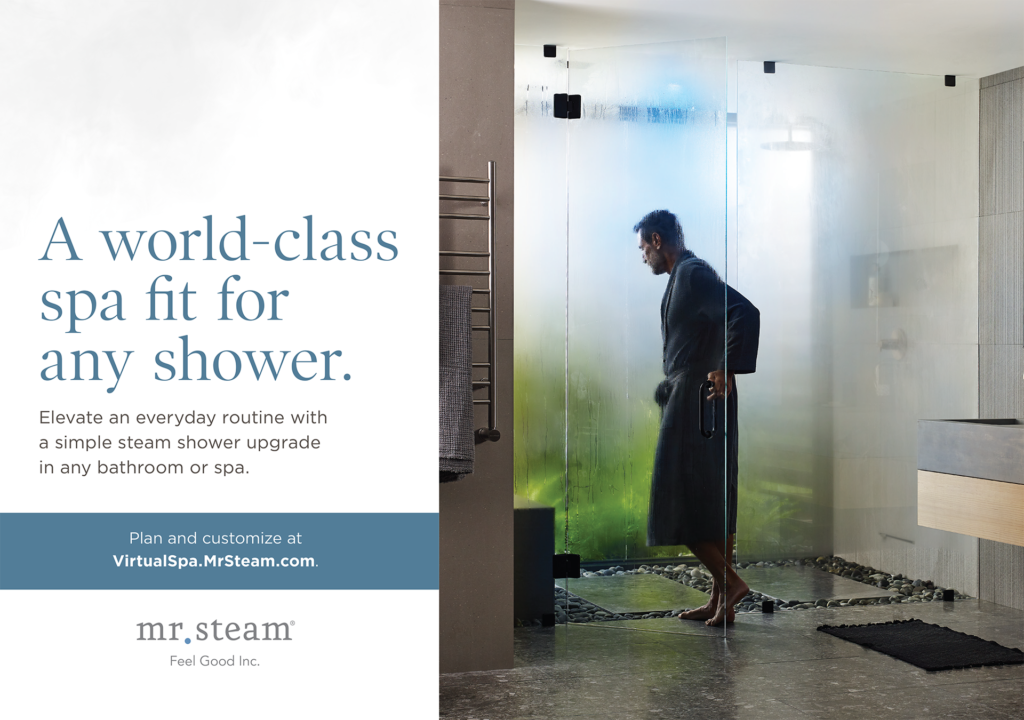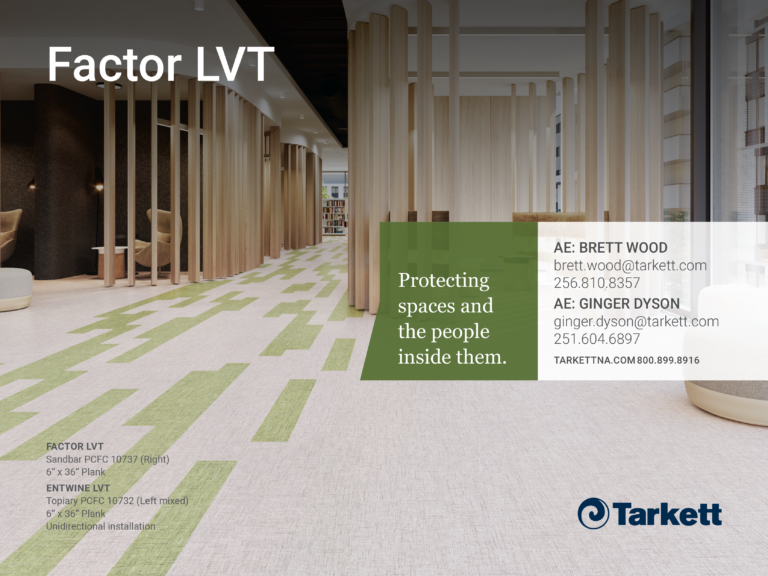
Perspectives on a Path to Success
Don Bowden, FASID, RID, NCIDQ, AIA
Interviewed by Shirley E. Hammond, FASID, NCIDQ, RID
Don, how did you begin your career?
I interned and worked for three years for architectural firms in Ozark and Enterprise, Alabama to complete my internship for architecture. These firms had no interior design “departments” so I was assigned interior design work within the firms. My experience was with a large and small firm. I always thought I would move to a big city because smaller architectural firms did not have ID departments. Small architectural firms out-sourced interior design work to separate interior design firms to select finishes. As time progressed, interior specifications became more specific and required more details. My previous work doing interior design within an architectural firm structure led to several clients requesting my services for more detailed interior design services. Thus, market demand led to the opportunity to form my own firm in 1985 with both architectural and full interior design services. In 1992, I relocated my office to Mobile for exposure to a larger market.
How did you develop your career goals?
My career goals “evolved” by observing market demands. However, I wanted to attract certain types of projects. I love a diversity of projects. My firm, a team effort, knows our expertise and what we love to do. We know what projects we should and should not pursue. That is, we pursued renovations, custom residential and high-end commercial. We want to love our work and work within our expertise. We pursue and receive contracts that grow from our “brand” and now do projects in five southern states.
Most important to my expertise is my early training from ASID. I have had access to training that I would never have been able to reach without my professional affiliation. ASID training taught me that interior design is a business and how to be successful within a business format. My business is a “design resource” for clients but, more importantly, we are a service industry. We are the first stop. We help clients put together a team to solve their design goals. If we cannot develop the full team within the firm, we refer them to a wide list of consultants. Again, we work our expertise and refer what does not fit our expertise.

How do you focus on your goals?
When you first begin your career or start your own business, you want to take every job. What you learn after taking every job is that you should not take every job. I stay focused on my expertise and the projects that my team loves to do. When offered a project we look at the learning curve and liability required to be proficient. Nevertheless, even limiting our projects to our specific expertise, we work hard. We need to love what we do if we work that hard. We stay in our lane and let others do hospitals and schools. Even so, we have a great variety of work such as a recent project where we tied together a disjointed contemporary office, renovated an historic estate and created plans for new construction projects on the coast.
What individual steps did you take to get there?
First, identify what you want to do if you work this hard.
Second, market (different from advertising) your skills to your target audience. What I mean about marketing is getting involved with charities, news events or activities that allow you to mix with the clients you want to reach. I have done all kinds of charity work to show my skills and make personal connections with my target clientele. My target audiences support museums and art organizations. I join and volunteer with them.
Third, I make sure that projects are noticed through ASID design awards and news articles. Potential clients see what we do and how we do it differently. I have always found that if I and my sketch pad can get in a room with a potential client, I can communicate solutions through drawings. Offering visualizations to prospective clients is more effective than communicating with words. Clients can point to a visual and say they like it or not better than trying to communicate in architectural or design vocabulary. We show them solutions rather than tell them.
Fourth, we market through ASID and elsewhere but have chosen not to market through social media. Yes, we have a website, but social media does not portray who we are. We have found that social media, to be done right, takes lots of time. Our business model requires that we use staff to spend time on project development rather than this type of marketing.
What advice do you have for upcoming interior designers?
I recommend interior designers start their career, while young and unencumbered, by working for other people and firms to gain experience and find their niche. Then, if you decide to go out on your own, surround yourself with people to fill gaps for what you do not do well. Early experiences in varieties of work environments will show you what you want and do not want to do. It is tough to begin on your own. When I started my firm, I met with bankers with a plan. Their comment was “you’re not a starving artist.” I told them “I had no intention of starving! I don’t want to work this hard and starve!”
Finally, I have discovered that all team members are as important as every other team member and that our team is only as good as the weakest link. Therefore, love your team, make great working relationships and you will make great projects!
Bowden Architecture
1657 Springhill Avenue
Mobile, Alabama 36604
www.bowdenarchitecture.com
(251) 433-0704
office@bowdenarchitecture.com
H. Don Bowden, FASID, AIA is a graduate of Auburn University, holding a Bachelor of Science in Environmental Design and a Bachelor of Architecture. Bowden Architecture offers both architecture and interior design services. Work includes residential, corporate, commercial, retail and governmental design. Don’s many awards include ASID Medalist, ASID Fellow, past ASID National President, past Chairman of the ASID National Foundation and numerous project awards in residential, retail, corporate and adaptive reuse. He is published in Southern Living, Mobile Bay Monthly, ASID Icon, The Wall Street Journal, and Drapery & Window Covering Magazine. Additionally, he has been cited in the New York Times, Wall Street Journal, Real Simple Magazine, Mobile Press Register and others.
